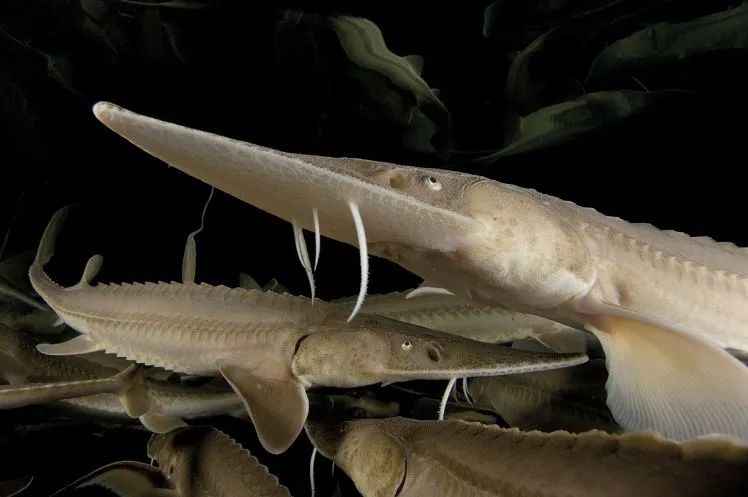A key survival skill of the Chacoan peccary is its method of handling cacti: it rolls the prickly plants across the ground to remove their spines, making the flesh accessible. This behavior, observed by researchers and locals alike, showcases the species’ ingenuity in adapting to its environment.
Physiologically, the peccary’s kidneys are specially evolved to break down the acidic substances in cactus pulp, allowing it to digest the plant without harm. This adaptation is crucial in a desert ecosystem where water and food are scarce, and cacti provide a vital source of both moisture and nutrients.
Despite these adaptations, the Chacoan peccary is under threat. Habitat destruction from agricultural expansion and cattle grazing, along with illegal hunting, has drastically reduced its numbers. Conservation groups are working to protect the species through the creation of protected areas and community-based conservation programs that involve local residents in safeguarding the "taguá."
Experts note that the survival of the Chacoan peccary is vital for maintaining desert biodiversity. As a key seed disperser, it helps sustain plant life, which in turn supports other desert species. Protecting the "taguá" is thus a step toward preserving the fragile balance of one of Earth’s most extreme ecosystems.

